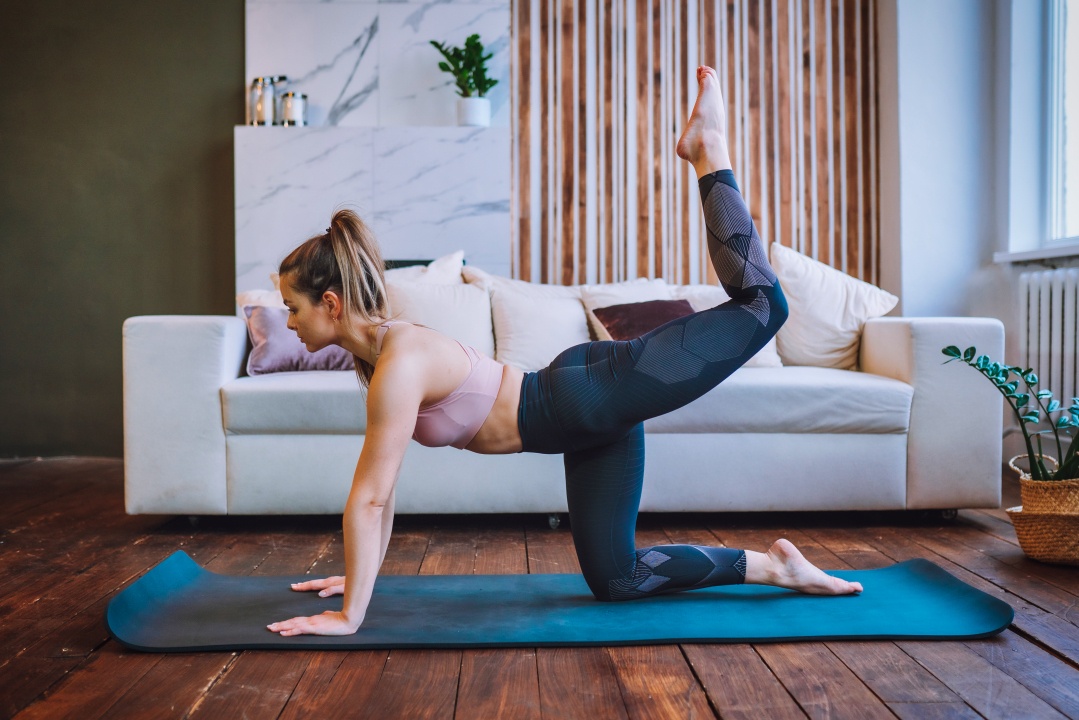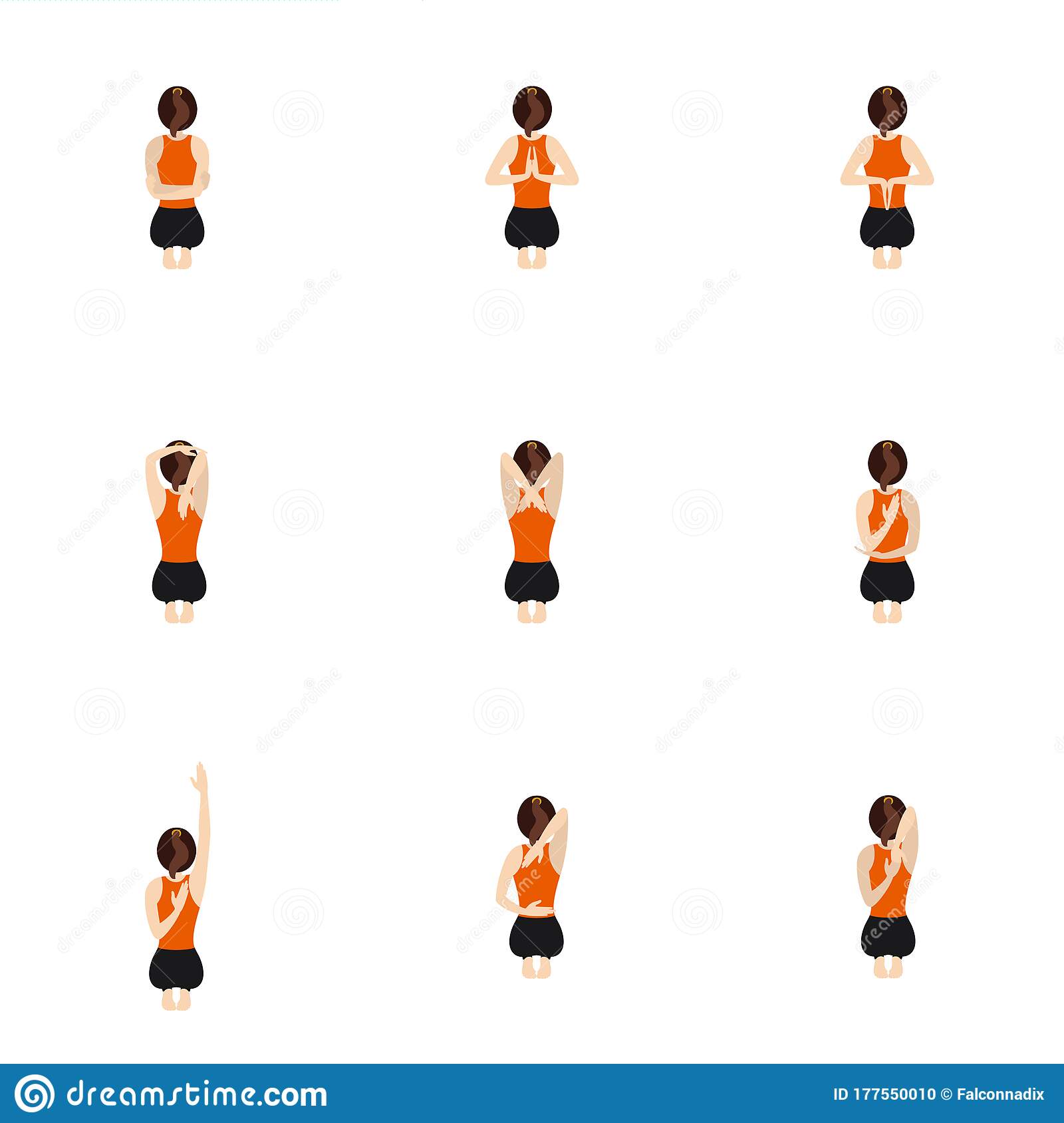
Yoga nidra, also known to be yogic or waking sleep, is a transitional stage between waking up and falling asleep that allows the mind, body, and spirit to experience a greater level of relaxation, calmness, and peace. It is similar the "going into sleep" stage of the night's sleep cycle. Typically, this state is induced during a guided meditation. This article discusses the many benefits of nidra Yoga and how they can help you find greater balance in every area of your life.
You can do yoga nidra at any time. But it is especially effective before bed or after a meal. It relaxes the mind and body, which promotes deep sleep. Use a soft tone to teach nidra. Do not be afraid or embarrassed to use repetitions. Because students will drift in and out of consciousness, it is vital to quickly redirect the attention to certain parts of the body.
Yoga Nidra can help you feel calm and centered. This practice can even help you focus on self-care and take better care of yourself. To practice nidra you must first find your inner peace. You can scan your whole body to find tension areas. This will help you relax and reduce stress. This is your first step to a Nidra yoga session.

It is important to establish a clear intention for nidrayoga. After setting your intention, meditate for five to ten mins before you fall asleep. The goal is to cultivate peace and witness consciousness. Your unconscious mind will discover new ways to heal and think by this practice. You can live a happier and healthier life by practicing Nidra Yoga.
Additionally, nidra can improve your quality of sleep. By practicing nidra yoga, you'll achieve a deeper, more restful sleep. The nidra state is also beneficial for those who are trying to get up in the morning. If you need a mental refresher, nidra yoga will help. You'll feel more alert and focused the next day.
One of the benefits of nidra yoga is its ability to reduce the stress in the body. Regular practice of nidrayoga can help you overcome psychological problems like depression and anxiety. It is also useful for psychosomatic disorders, such as insomnia. As you can see, Nidra Yoga is a great way to let your mind relax and heal. You can also get deep sleep with it.
Nidra yoga offers many benefits. Deep relaxation is achieved through this technique, which also promotes mental awareness. The practice starts with the body awareness and gradually progresses to your mind. The goal of nidrayoga is to reach a state that allows you to meditate in blissful silence called samadhi. Nidra yoga isn't for everyone. Although it has many benefits, it may not suit everyone.

Nidra yoga can be a powerful tool to reduce stress and physical pain. By focusing on the various parts of the body, it stimulates the brain. The brain is well-organized and contains many centers for each area. The major hub of cerebral white material is the motor homonculus, also called the little one. The sequence of awareness rotations corresponds to the brain's map of the body's different parts.
Nidra yoga is a meditation that requires silence and no thinking. As a result, it allows the body to rest and the mind to be calm. This state of mind is called alpha dominance. This state allows you to relax completely, which is great for your mental and emotional health. You'll learn more about Nidra Yoga and how it works.
Nidra yoga, which is a relatively simple practice, makes it a great option for beginners. It is best to practice in darkness away from any distractions. The darker the room, the better. Use a sleeping mask to block the sun and cool your body while doing yoga nidra. You can also cover your body with a blanket when you are in nidra to keep it cool.
FAQ
What does butter have to do with men?
Butter is a great source of saturated fats. This type of fat contributes to healthy skin, hair, and stronger bones.
Vitamin K, found in butter is an antioxidant that prevents bleeding from cuts. Vitamin K works with vitamin A to prevent bleeding.
Butter is also rich in minerals, including calcium, phosphorous, and potassium. These minerals promote stronger bones, teeth, and teeth.
Butter has its drawbacks. Butter is high in cholesterol. A few studies have shown that too much cholesterol can increase the risk of developing coronary disease.
Also, butter is high in saturated fat, contributing to obesity and increased cholesterol levels.
However, if you must have butter, try spreading it on bread rather than dipping it into soup or salad. Bread absorbs more oil than potatoes or pasta.
Do I have to exercise every single day?
No! No! That could mean walking fast enough for you to get slightly out of breath and biking hard enough for you to sweat.
What is a good exercise routine?
Regular exercise is key to staying healthy. It doesn't make a difference what kind of activity you choose. As long as you do it often, it will be beneficial. Consistency and consistency are the keys to success. It is important to stay consistent in order to get results.
Begin small daily activities like walking. Increase the time you spend exercising each day until you can do 30 minutes. This could include running, cycling, swimming, weight training, yoga, or aerobics classes.
Try to get active every day. Don't miss any sessions unless you have an excuse.
When exercising outside, make sure you have the right clothing and shoes. It is important to take into account the weather conditions, and how they may affect your ability to exercise safely.
Make sure that you drink plenty of water while you're exercising. It is best to avoid alcohol while you're exercising. Avoid caffeine-rich drinks like coffee, tea, and coca. These drinks may give you energy but also dehydrate your body.
It's common to feel tired after your first workout. Keep going with your workouts and you'll soon feel more energized.
Statistics
- According to the American Academy of Dermatology (AAD), men over 50 are at a heightened risk of developing it. (healthline.com)
- Get free shipping and 25% off today. (healthline.com)
- Candidates and applicants must pass all four tests at 70% (minimum level) to graduate from Basic Deputy U.S. Marshal (BDUSM) Training. (usmarshals.gov)
- By John Thompson Take a whopping 38% off a set of PowerBlock Pros. (menshealth.com)
- According to the American Heart Association, blood pressure should be checked at least once every two years, beginning at age 20. (my.clevelandclinic.org)
External Links
How To
What nutrients does a man require daily?
Daily nutrition is essential for men's healthy growth. The body requires vitamins, minerals, proteins, carbohydrates, fats, water, fiber, and other essential elements.
Also, the male body requires certain nutrients at specific times during the day. Your body makes hormones, antibodies and enzymes when you are asleep. Protein is needed to build muscles and repair tissue damaged when you wake up.
Your body uses the night to break down fat and store extra energy as glucose. Your body requires fewer calories, but still needs enough nutrients. If you feel hungry, you may consider having a snack during the evening.
To fuel your muscles while you train, you will need sufficient carbs as well as protein. You may feel sore muscles if you exercise hard.
To prevent this from happening, you need to consume carbs or protein within two hours. To get energy from glucose, your body will start to degrade stored glycogen.
After your workouts, you should eat protein immediately. This will prevent muscle tissue from being damaged while you sleep.
During periods of intense physical activity, your body produces lactic acid. It builds up in your bloodstream, which can lead to fatigue. To avoid this, you should eat foods rich in carbohydrates, such as fruits and vegetables.
Carbohydrates give your body the energy it needs to recover from strenuous exercise.
Your diet may include lean meats like fish, eggs, milk cheese, yogurt or beans as well as lean proteins such as fish, eggs, egg yolks, cheese, yogurt, bean, peanuts and seeds.
All of these foods contain high-quality protein. Protein promotes muscle growth and repairs damaged tissues. It provides amino acids that your body needs in order to produce sexhormones and testosterone.
A healthy skin, nails and joints requires sufficient dietary fats. Healthy men need between 20% and 35% of their total caloric intake from fat.
Fat protects your heart from cancer and keeps it strong. It keeps your brain healthy and functioning well.
Most of the fat you need can be obtained from vegetable oils, including sunflower oil (or soybean oil), peanut oil, peanut oil, soybean oil, and peanut oil.
These oils have high amounts of monounsaturated oil fatty acids, (MUFAs). MUFAs reduce cholesterol and inflammation. They protect your cells against free radical damage.
Saturated fats are found in animal products including meat, dairy products, butter and other dairy products. SFAs are known to raise LDL ("bad") cholesterol and raise triglycerides. They promote weight gain and abdominal fat.
Polyunsaturated oils (PUFAs), are found in plant-based foods like nuts, seeds and vegetable oils. PUFAs can improve cardiovascular function and reduce inflammation. They are also good for controlling blood sugar and cholesterol.
Low HDL ("good") cholesterol is a common cause of erectile dysfunction in men. Saturated fats are a major source of bad cholesterol. This lowers good cholesterol.
Red meat and pork are a common source of prostate problems in men who eat a lot. High temperatures can cause nitrates to become nitrosamines. These compounds can cause cancer.
Most processed meats contain nitrites or other harmful chemicals. They should be avoided.
The American Heart Association recommends eating no more than 2 servings of red meat per week. Instead, choose poultry, fish, legumes, tofu, whole grain bread, and cereals.